Not just radioactive islands or places with terrifying cannibal tribes, the remote island of Ramree in Myanmar harbors a danger that can terrify any visitor. This fearsome threat is known as the saltwater crocodile.
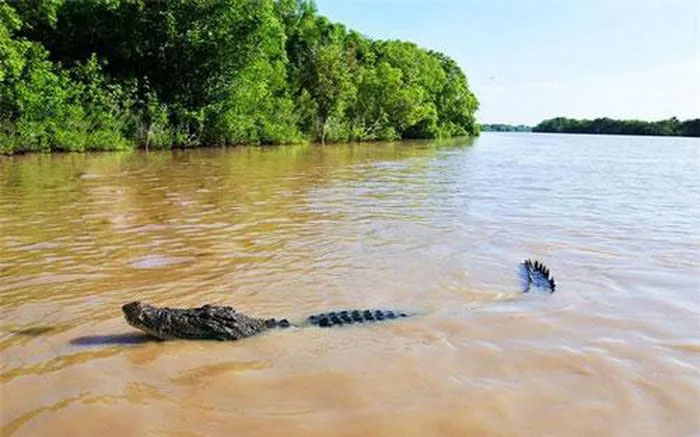
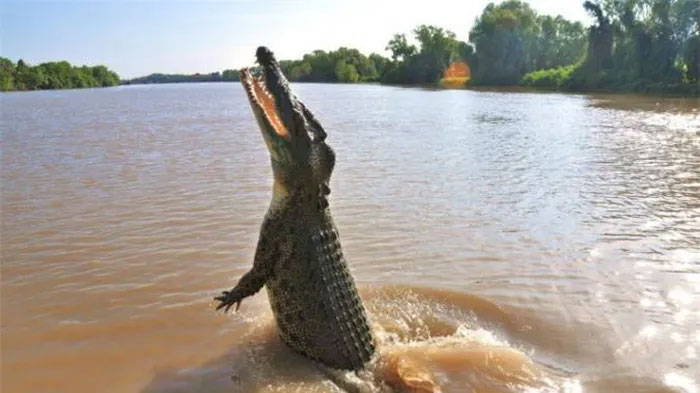
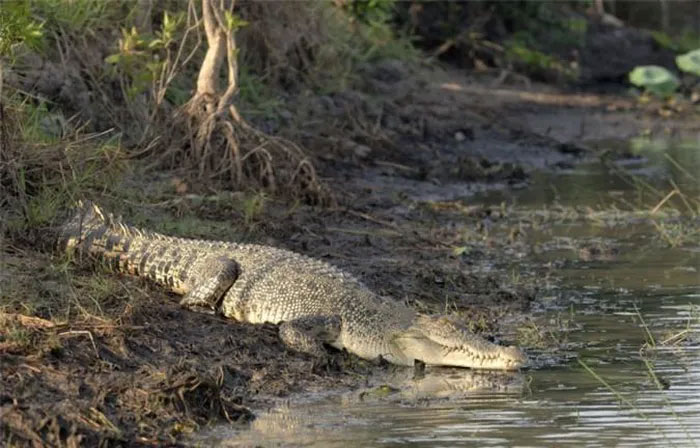
Ramree Island, known for its vast population of saltwater crocodiles.
Located in the eastern part of the Bay of Bengal, off the coast of Rakhine, Myanmar, Ramree Island spans approximately 1,350 km². The island’s swamps serve as a natural habitat for numerous giant saltwater crocodiles, which can weigh up to 1,000 kg and exceed 7 meters in length.
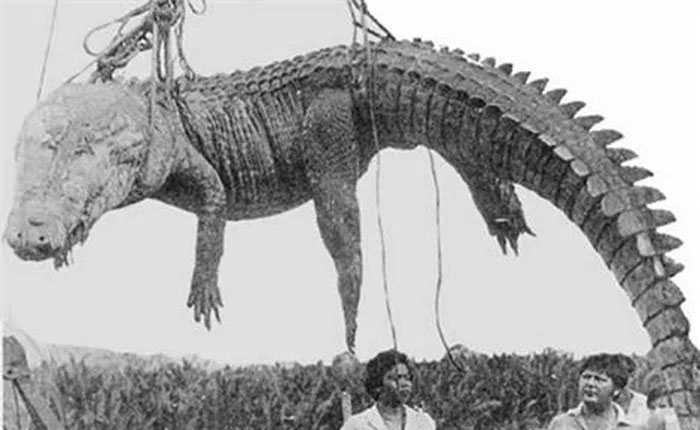
A crocodile carcass found on Ramree Island.
This species typically lurks underwater and, upon detecting prey, surfaces to ambush. According to National Geographic, they are the most notorious man-eating predators in the wild, capable of consuming anything that enters their territory, including humans.
Combined with factors such as “toxic and sacred jungles”, the risk of malaria, terrifyingly venomous scorpions, and the presence of massive crocodiles, this location has earned its reputation as one of the most dangerous islands in the world.
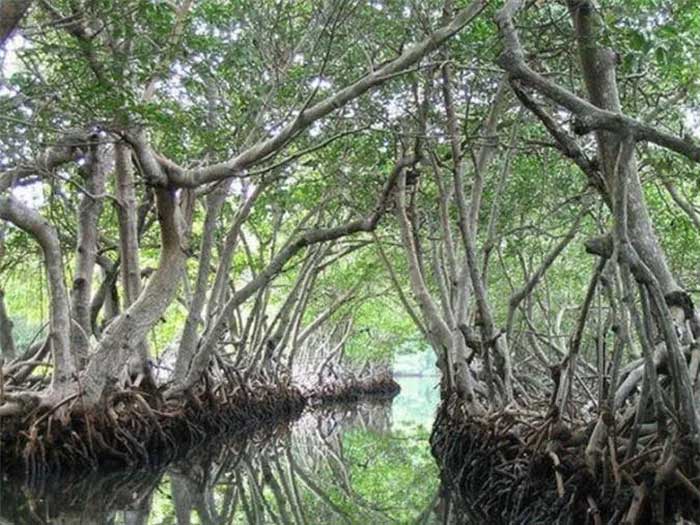
This place truly deserves the name “toxic and sacred jungle”.
During World War II, in a battle on Ramree Island, British troops cornered a Japanese battalion into the island’s swamps. It is said that only about 20 of the more than 1,000 Japanese soldiers managed to escape from the jungle, while the rest are believed to have been eaten by crocodiles. This event has entered the annals of world history.

Numerous “cold-blooded killers” inhabit the swamps on the island.
The Guinness World Records has documented this as a tragedy with the “highest number of human fatalities caused by animals.”
Visitors and locals are strongly advised against setting foot on Ramree Island due to the terrifying nature of the cold-blooded creatures that inhabit it.


















































